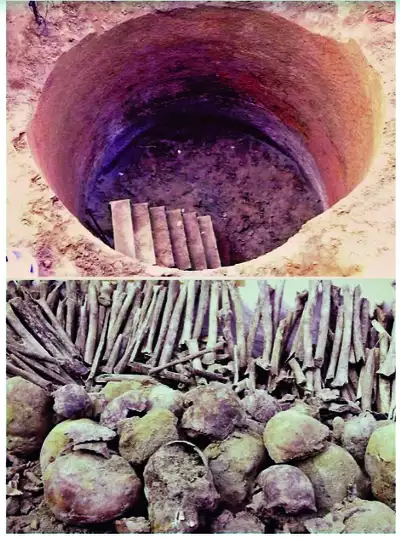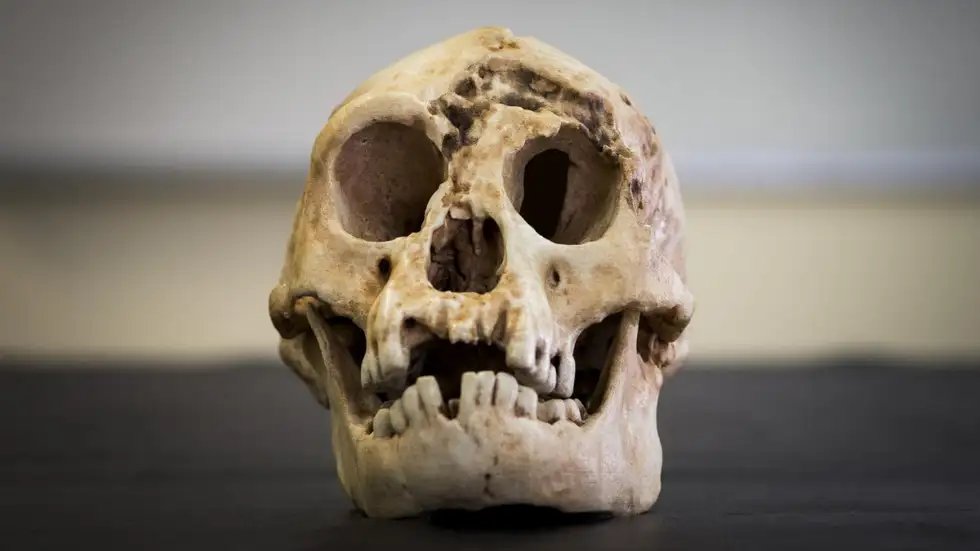
#NASA-led #JamesWebbSpaceTelescope's breathtaking images of the universe's past have taken the world by storm.
As we inch closer to unravelling more cosmic secrets, here's how researchers from #India plan to use the #JWST.
Read: weather.com/en-IN/india/sp…
Thread👇
As we inch closer to unravelling more cosmic secrets, here's how researchers from #India plan to use the #JWST.
Read: weather.com/en-IN/india/sp…
Thread👇
#NASA had opened up submissions for Guaranteed Time Observations to reward scientists with 16% use of the JWST observatory for the first 3 cycles.
Out of the 1,173 proposals, two astronomers hail from India: Dr #JessyJose from @IiserTirupati & Dr #Puravankara from @TIFRScience.
Out of the 1,173 proposals, two astronomers hail from India: Dr #JessyJose from @IiserTirupati & Dr #Puravankara from @TIFRScience.
Dr Jose, along with an international research team from the US, UK and Australia, will be examining the Galactic Centre Cloud (GCC) — the central molecular zone of our Milky Way — in April 2023.
They have been allotted 27.3 hours over the access period of 12 months.
They have been allotted 27.3 hours over the access period of 12 months.
The study would offer insights into the development of universal laws governing star formation and the dependence of the environment on its evolution.
“We expect lots of science to emerge from the beauty in such images,” Jose told Telegraph India.
“We expect lots of science to emerge from the beauty in such images,” Jose told Telegraph India.
Dr Puaravankara will be involved in two projects — one that will start in July itself — making him one of the first scientists to have his grubs on the magical machinery.
Puravankara’s team has 66.4 hours allocated over their access period of 12 months.
📸: NASA
Puravankara’s team has 66.4 hours allocated over their access period of 12 months.
📸: NASA

The team will use the #JWST to study how stars mature into fully grown adults by gradually gaining mass from their accretion disc (a cloud of gas that swirls around celestial objects such as stars).
#JamesWebb's main goal is to investigate how stars and galaxies formed after the Big Bang in order to comprehend how life first began. It is a huge leap forward from its predecessors: the mighty Hubble as well as the Spitzer Space Telescope.
📸: ESA/NASA/STSCI
📸: ESA/NASA/STSCI

The recent images from the JWST include what Nasa has described as the “steamy atmosphere” of a giant planet orbiting a distant Sun-like star, the “final performance” of a dying star, and a nearby star-forming region that resemble a landscape of “mountains and valleys”.
• • •
Missing some Tweet in this thread? You can try to
force a refresh














